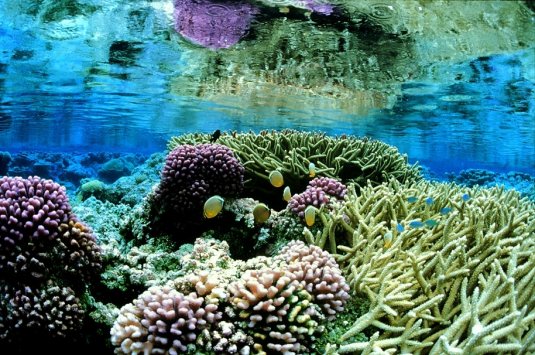
Tropical countries will see ‘unprecedented climates’ soonest

17 October 2013
Climate scientists at the University of Hawaii, Manoa, have constructed a new index of climate change that suggests the world’s poorest countries may be even more vulnerable than previously thought.
Their study, published in last week’s prestigious Nature magazine, generates a forecast of when the projected climate of a particular location departs “the bounds of historical variability under alternative greenhouse gas emissions scenarios”.
Even under the most optimistic scenario, they expect that by 2050 about a billion people will face just such a significantly changed climate.
shows that tropical countries – which, broadly speaking, include the world’s poorest – will see potentially damaging “unprecedented climates” soonest.
The impacts on ecological systems will be equally significant.
'Strong signals'
“In short,” the scientists believe, “the tropics will be highly vulnerable to climate change for at least three reasons: first, the earliest emergence of unprecedented climates will be there; second, tropical species are more vulnerable to small climate changes; and third, this region holds most of the Earth’s species.”
Dr Maarten van Aalst, the Climate Centre’s director, adds: “Given that the largest temperature rises are expected to occur in the Arctic this may seem strange, but the paper clearly shows the tropics to be the first place where we’ll strong signals of unprecedented changes from normal variability.
“It highlights an important concern for humanitarians, given that the largest number of vulnerable people live in tropical regions.”
Areas rich in coral could be the first to see unprecedented climates, as early as 2034 under one future greenhouse-gas scenario modelled by the Hawaii group.
Coral reefs help protect coastal communities from waves and currents and provide habitats for the fish on which people depend, as a Climate Centre review of ocean acidification earlier this year highlighted.
Roughly half the world’s population lives within 100 kilometres of a coast, and coastal settlements are growing faster on average than those inland.
Funding
“The fact that the earliest climate departures occur in low-income countries further highlights an obvious disparity between those who benefit economically from the processes leading to climate change and those who will have to pay for most of the environmental and social costs,” say the Hawaii scientists.
They call for developed countries to reduce emissions and provide more extensive funding for social and conservation programmes in developing countries to minimize climate impacts.
“We should also note the limitations of the conclusion of this important paper,” Dr van Aalst adds. “It focuses on averages, whereas extremes are the most pressing concern for humanitarians.
“Even today we live in a changed climate with higher uncertainties and growing risks, but there’s a lot we can do – like, on the shorter timescales, making use of weather information of the kind that may have saved thousands of lives on India’s east coast last weekend as Cyclone Phailin made landfall.”
Pink coral gardens of Palmyra Atoll National Wildlife Refuge in the Pacific abound with tropical fish. But for how much longer? Scientists at the University of Hawaii, whose new index of climate change suggests the world’s poorest countries may be even more vulnerable than previously thought, have put coral hotspots at the top of a list of global biodiversity vulnerable to climate impacts. (Photo: Jim Maragos/USFWS)